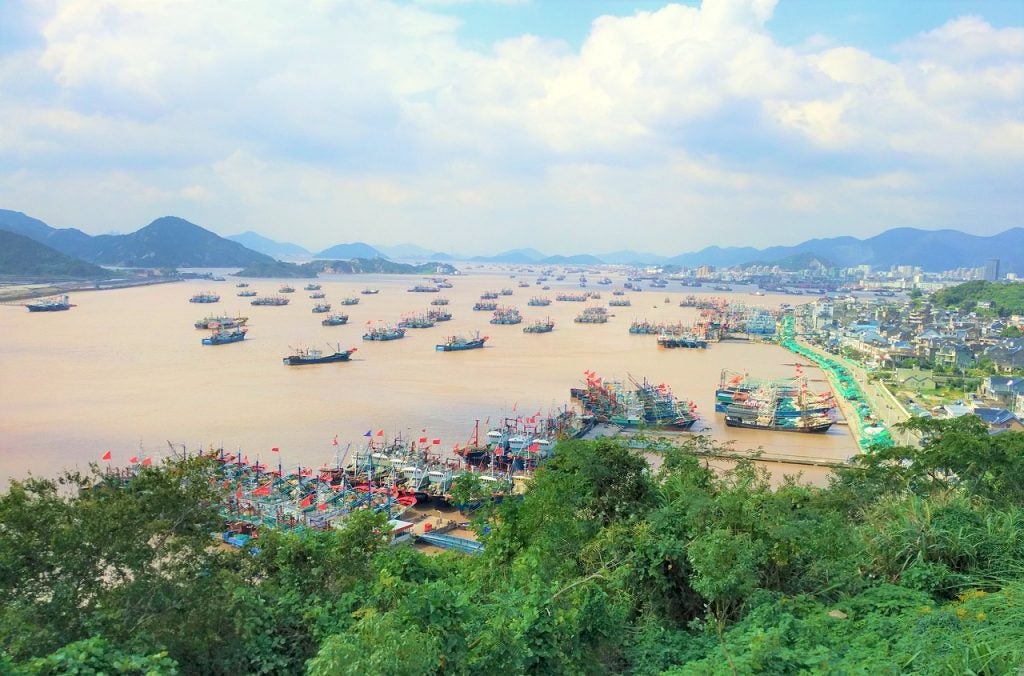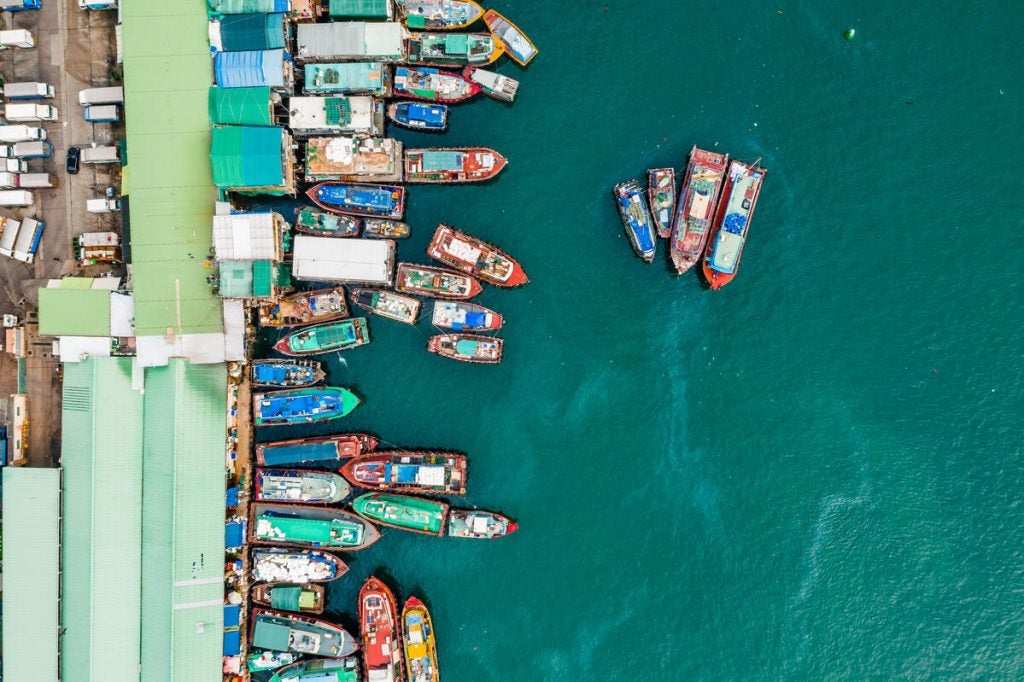No major global fishery ecosystem is untouched by China’s seafood economy. Its world-leading volume of fish catch and position in global seafood supply chains bring it to the forefront of critical economic and conservation policy issues.
Our new paper in Marine Policy explores the changing face of China’s seafood economy. We bring to the surface some important implications of China’s ascendance to wealthy consumer of global fish catch and the world’s leading seafood processing and trade hub. This matters to policymakers in China who have a strong stake in healthy fish populations around the world and an important role to play in promoting their conservation. Better understanding of China’s connections to global oceans matters to all of us because it is the dominant force in global seafood markets and the ecosystems they depend on.
Growing demand for luxury and sustainability
The size and reach of China’s fishing industry gets a lot of attention. It is the largest fishing nation in the world — responsible for one-fifth of total marine catch — and the world’s largest aquaculture producer, with growing demands on wild fish stocks for feed. But China also is an increasingly affluent consumer and trader of global seafood.
Better understanding of China’s connections to global oceans matters to all of us because it is the dominant force in global seafood markets and the ecosystems they depend on.
China’s centrality means convenience — and risk — for global consumers
Not all of China’s soaring seafood imports are consumed at home. A substantial portion goes back to export markets. China has emerged as a major processing and trade hub in circuitous global seafood supply chains, where much of the world’s fish catch is now imported and processed for re-export — particularly to the EU, Japan and the United States. This offers many benefits. Suppliers and consumers have access to an expanding array of seafood from around the world. But so much processing through a single intermediary brings some risks as well, leaving downstream buyers more vulnerable to China’s markets and trade policies — like its sweeping block of imports in 2020 intended to mitigate spread of COVID-19, or recent U.S-China trade conflict with escalating mutual tariffs and powerful economic impacts extending far beyond China’s borders alone. These developments highlight the need for global cooperation in fisheries management and trade.
Persistent problems in ocean oversight
Given the huge scope of nations trading fish with China, it imports across the spectrum of governance quality. In our paper, we mapped China’s import sources to country-level measures of risk for governance and illegal fishing, finding some signs of improvement since the 1990s. The share of imports from strong governance sources is increasing overall, particularly for high-value crustaceans and fresh fish. However, over half of total imports still come from countries with below median scores for corruption, government effectiveness and rule of law. We also find persistent exposure to illegal, unreported and unregulated fishing (or IUU) risk among China’s fish imports, again with over half of imports from fisheries with below median IUU performance. China’s own distant water fleet has been implicated in IUU fishing, potentially bringing even more illegal products into seafood supply chains. But while some of this catch serves China’s domestic markets, some of it is destined for processing and export to China’s customers. In part, problems with low governance and illegal fishing reflect demands further along the supply chain, conveying responsibility for improved traceability and sustainability to all nations involved.
Shared stewardship for global oceans
There is a growing gap between China’s rapidly growing seafood consumption and its ability to satisfy it with domestic catch, aquaculture, and its distant water fleet. With ongoing efforts to restore coastal fisheries, regulate a heavily polluted aquaculture sector, and address heightened international scrutiny of its distant water fleets, China’s demand for global fish imports is likely to grow even more. It has a high economic stake in the productivity of global fisheries and an important role to play in promoting their conservation. But that role is shared.
Because China catches fish and sources imports from every major ocean ecosystem, feeding its consumers who increasingly demand more wild, marine fish — or processing and exporting fish to people around the world — improving the sustainability of global oceans will require cooperation among China and its many trade partners. Looking ahead, we will continue to find opportunities to build networks and expand capabilities in China and around the world as we work together toward healthy oceans.











